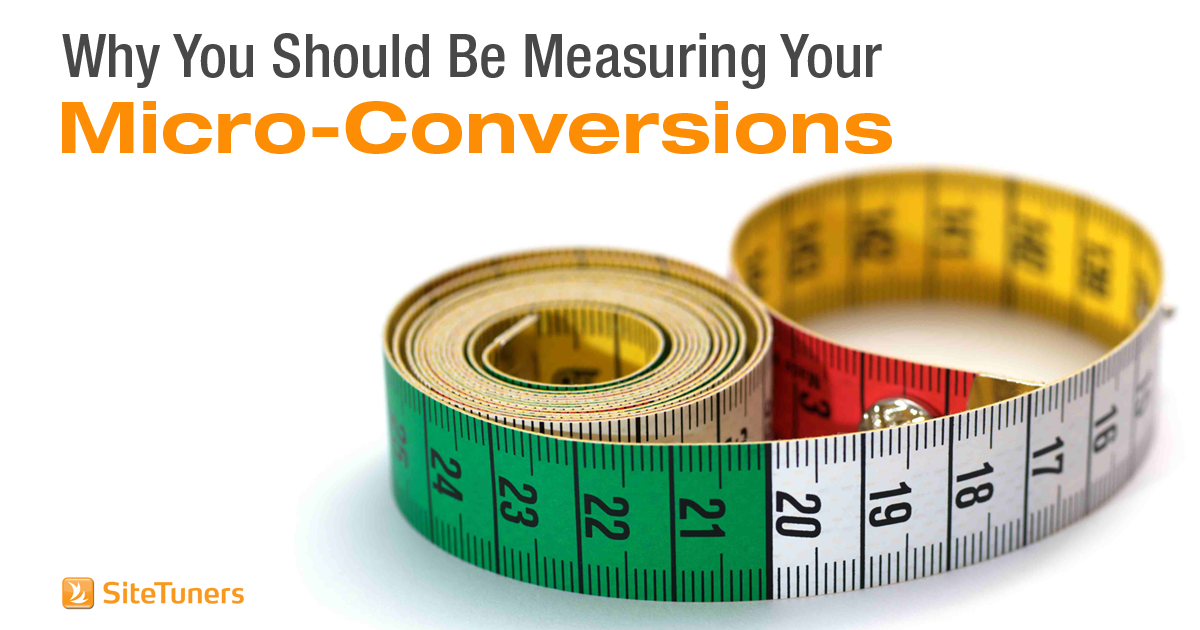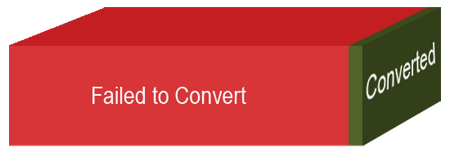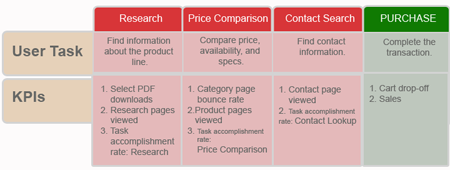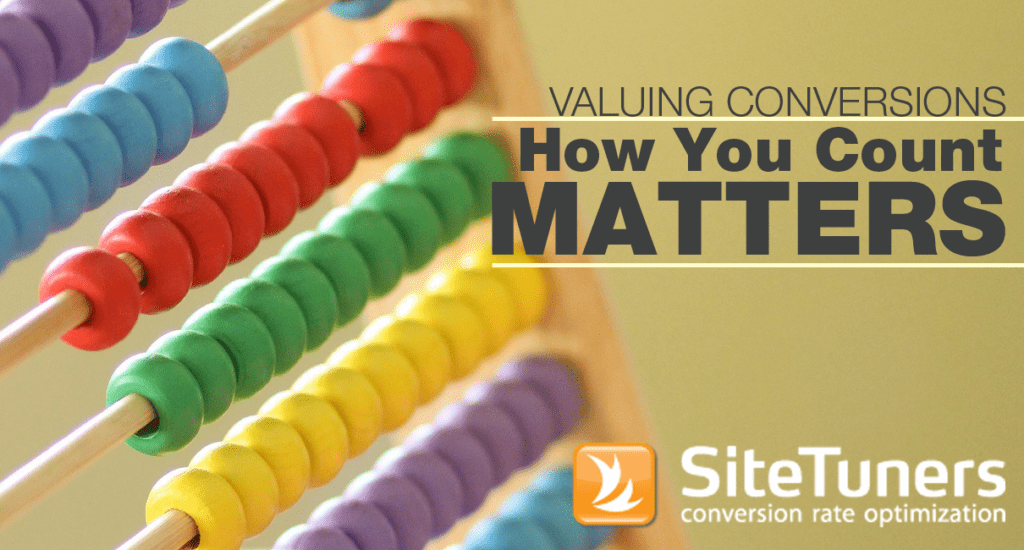
Let’s take the best case scenario – 4%, or 1 in every 25 people who visit your site, end up converting. We marketers love to measure those 1 in every 25. Their “Thank You for Purchasing” page is a goal in our Google Analytics setup. Their paths to the purchase are things we have actively used segments for. Their figures get reported to the Chief Marketing Officer.
This is all fine – everybody loves a sale. We marketers should be measuring 1 in 25 who converted.
But we should also be figuring out what happened to the other 24 visitors.
Myth: 24 Failed Visitors
If you think about a site with a 4% conversion rate, your view of it might be something like this:
Except … that’s not what happened. Not really.
25 visitors were not all primed to make a purchase.
Some of them were in the early stages of their research – they’re not there to purchase something, they were there to review specs and be educated about the product line they are looking at. If you provided them with a PDF that can help them narrow down their selection, you’ve already helped them achieve their goal. That’s not a loss, that’s a win – admittedly one that’s smaller than a sale, but still a win.
Some of the visitors were after price comparisons. If you provided the product they need with the specs and the price quickly, that’s a win. They may still visit other sites to compare prices, but that puts your site in contention for the sale.
Some of the visitors may be looking for your contact information instead – if they find it, that’s a win whether or not they transact with you immediately.
So even a simplified version of your conversions will look something like this:
Micro-Conversions: Movements in the Funnel
Every time you move a user from the top of the sales funnel towards a sale, you have a conversion. To be more precise, you have a micro-conversion.
Micro-conversions like accomplished research tasks, successful price comparisons, or fruitful hunts for contact information move visitors from one stage of the sales funnel to the next one. Your company will not always win the sale just because you were the one who brought them good research pages about the product line – in fact, you’ll be selling to a fairly low percentage of those users.
But what successful tasks for visitors mean is that your site will at least be in contention when the time comes that the visitor is primed for the purchase.
KPIs: From the Visit to the Sale
To measure not sales conversions, but micro-conversions, you have to change the way you think about your Key Performance Indicators or KPIs.
Each major task that your site caters to needs to have metrics associated to it. People in the research phase may download particular documents or view particular pages. Additionally, if you have a survey tool like iPerceptions, you can ask your visitor whether he or she found the required information. That’s called the task accomplishment rate.
Once you have done that for your major task groups, you may have KPIs that look like this:
From there, you’ll be able to determine what tasks people are failing most on your site – and you can prioritize which areas to fix.
Conversions: The Complete View
Sales are good. They are very good. But to grow those sales, you have to look at the parts of your web site that are not exclusively about sales.
The more successful you are at the top of the funnel and middle of the funnel conversions, the bigger your actual pool of visitors primed for a sale. It’s that simple. People who neglect micro-conversions will lose their audience over time – and if you look at your entire funnel rather than just the sales, those visitors will land on your lap.



